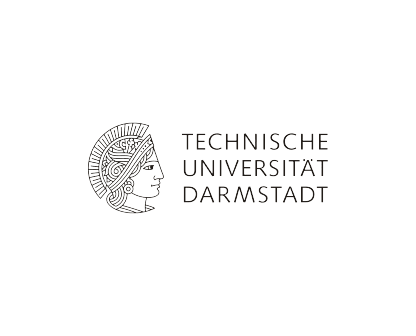As part of ACES, we develop a geographically distributed, edge-services cloud that demonstrates the cognitive framework and edge-services value-add to the ACES operator, software developer, and end-user, under three different use cases. Those three different use cases can be generalized enough to represent similar use cases in other industry sectors. Distributed process management for example utilize time series prediction algorithms automatic control functionalities which can be found in other industries as well (UC 2). Similarly, anomaly detection algorithms could improve the health of various systems as anomalies could trigger alerts and initiate corrective actions (UC 3). In our use case we utilize Power data as input (for example voltage and real power) however other variables could be used in other industries.
As part of ACES we have developed the following three use cases:
- Marketplace & assets distribution
- Distributed process management
- IOT Asset based monitoring and management
Use Case 1
For simulating a power market, we solve the Optimal Power Flow (OPF) problem for some iterations. OPF minimizes the cost function considering realistic constraints such as bus real and reactive power balance, generator voltage setpoints, transmission line flow limits etc. As part of the network simulation, we have provided to the algorithm the relevant parameters that represent the network characteristics. The marketplace mechanism provides an incentive to the local population to accept RES technologies as it will provide them with lower prices. The different applications running in the marketplace have a wide range of requirements for the infrastructure that is typical for the type of use cases of marketplace & assets distribution. In addition, for the load sensitivity, we explore different scenarios for different load levels. This operation evaluates the stability and the dynamics of the network and provides us with insights about how much load the network can withstand.
Use Case 2
Energy transmission develops into coalitions of smart decentralized management systems and smart substations, with a diverse set of monitoring devices, advanced measuring and control systems of field conditions in sub-seconds. Near – real time data that represent the status of the energy grid are regularly collected, stored and analysed to improve decision making and improve network stability. In the context of ACES we have utilized SCADA data that measure voltage and current across the three phases as well as real power and reactive power. That data is used in use case 2 for predicting energy demand and applying Automated Generator Control functionalities. ACES edge mesh will enable this decentralized management of energy and power flows, the creation of more autonomy in the Greek energy grid, as power flows will run in distributed locations including different parts of the network. The resilient distributed and adaptive grid management is based on a combination of power flow simulations, market algorithms, scenario-based simulations, real-time data analysis of IOT data flows and predictive capabilities. Those tools can be used in Energy Management System (EMS) Control Centres, controlling the local microgrids and exchanging data over the edge-service cloud. Cognitive workloads will process incoming information and will create alerts so that operators can make optimal decisions for the stability of the energy grid.
As part of the Distributed Process Management use case, we have developed an Automatic Generator Control (AGC) algorithm that can be used to adjust power production levels of generators ahead of time taking into account both the network dynamic (line characteristics, load levels) as well as generator cost functions.
Use Case 3
The introduction of SCADA data along with data from grid-edge sensors and GIS systems has allowed for faster outage detection, accurate outage prediction and more reliable investment planning, along with investment deferral. By handling diverse IoT data streams and operational data the operator can analyze asset loss of life. This allows for the right-sizing of the assets, the reduction of total cost of ownership, planning for predictive maintenance programs, the definition of risk-based asset management strategies that include failure probabilities, criticality indexing, and device health indexing. One of the principal tools that operators can use for enabling the functionalities described above is the ML Health Index Tool Algorithm. In this use case we have implemented a version of this algorithm using Anomaly Detection Machine Learning models. We have explored various mathematical models for identifying anomalies and we have also explored rule-based version of the algorithms.
The anomalies could support among others, Predictive Maintenance (PM) scheduling based on anomalies frequency. For example, particular measuring points that have high frequency of anomalies detected should be scheduled for maintenance more frequently. Additionally, congestion management and voltage control modules could run for adjusting the network when the relevant current or voltage anomalies are detected.







0 Comments